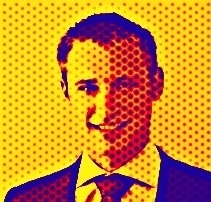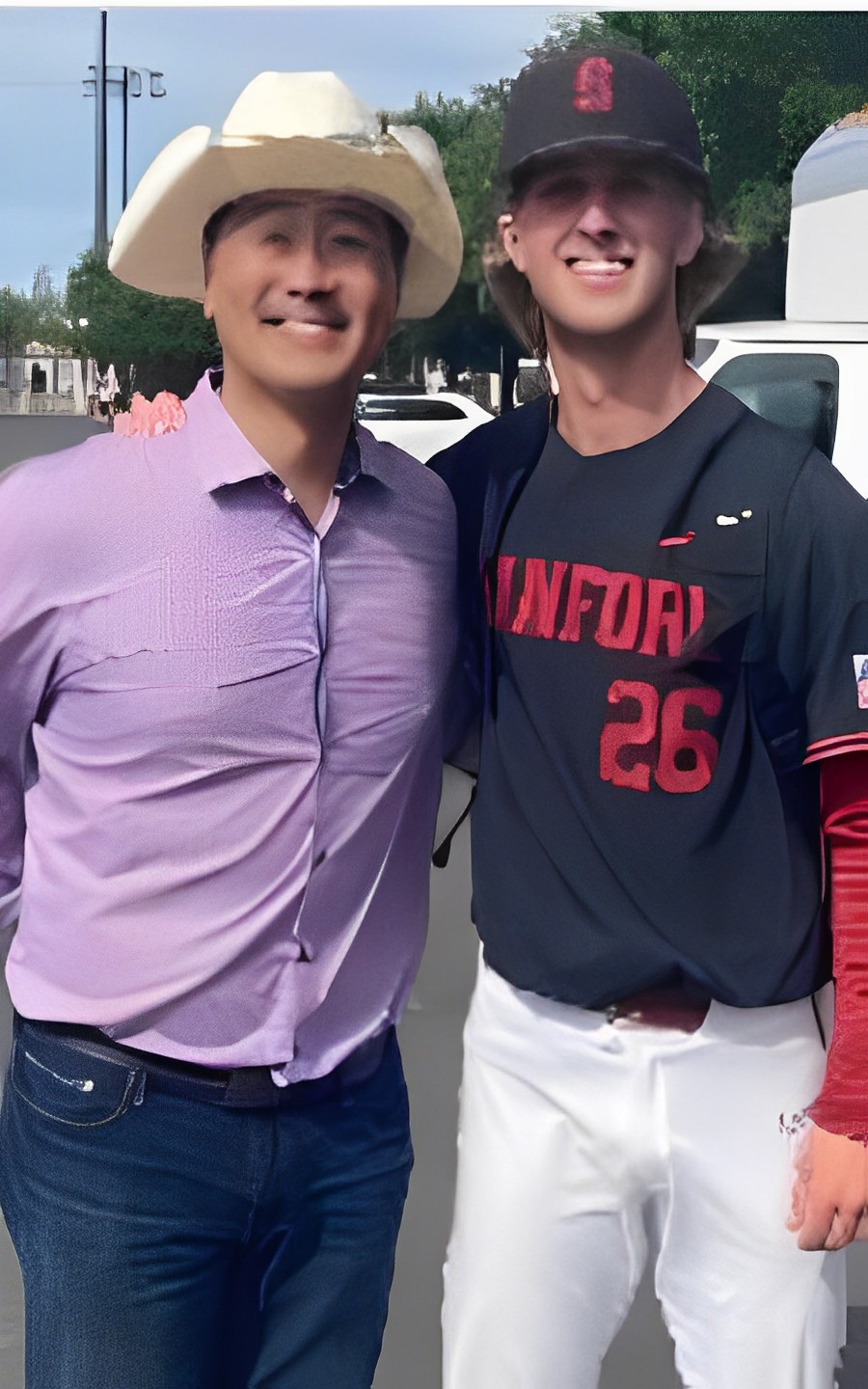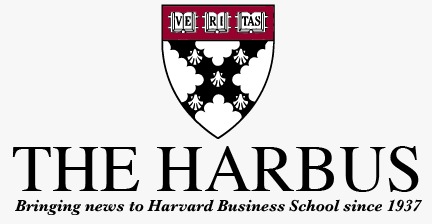Programming Scalable Bitcoin: Building High-Performance Blockchain Applications from Scratch
*(Hypothetical Future Edition, O’Reilly Media, 2030 – hat tip Jimmy Song book and Aerospike experts
This extrapolated and imagined book merges and combines the hands-on, code-from-scratch approach of Jimmy Song’s *Programming Bitcoin* (updated for post-2025 Bitcoin developments like OP_CAT covenants, Ordinals/Runes evolution, and Layer 2 advancements) with the high-performance, distributed database expertise from *Aerospike: Up and Running* (incorporating Aerospike Database 8+ features like distributed ACID transactions, expression indexing, and massive scalability as seen in blockchain integrations).
The result is a practical guide for developers building **real-world, scalable Bitcoin applications** – from core protocol libraries to off-chain/high-throughput systems using ultra-low-latency databases. It teaches you to implement Bitcoin components in Python while integrating Aerospike for handling millions of transactions per second, inspired by real-world uses like Teranode’s billion-transaction scaling on Bitcoin variants.
#### Chapter-by-Chapter Outline
**Chapter 1: Foundations of Cryptography and Distributed Systems**
Combines finite fields/elliptic curves with Aerospike’s hybrid memory architecture. Implements basic crypto primitives and introduces high-performance key-value storage for blockchain data.
**Chapter 2: Elliptic Curve Cryptography in Practice**
ECDSA signing/verification with secp256k1, plus secure key management in distributed clusters.
**Chapter 3: Serialization and Data Modeling**
Bitcoin serialization extended to Aerospike data modeling (namespaces, sets, bins) for efficient storage of transactions and UTXOs.
**Chapter 4: Transactions and ACID Guarantees**
Building/signing transactions, now with Aerospike’s distributed ACID transactions for off-chain or Layer 2 settlement.
**Chapter 5: Bitcoin Script and Covenants**
Updated Script with OP_CAT (activated ~2026-2028), enabling covenants, vaults, and advanced smart contracts. Exercises implement restrictive spending conditions.
**Chapter 6: Ordinals, Runes, and Inscription Protocols**
Hands-on implementation of post-2024 standards for NFTs/fungibles on Bitcoin, storing metadata efficiently in Aerospike.
**Chapter 7: Blocks, Mining, and Proof-of-Work**
Block headers/Merkle trees, plus scaling mining validation with high-throughput databases.
**Chapter 8: Peer-to-Peer Networking**
Bitcoin P2P protocol, enhanced with Aerospike cluster networking for fast block propagation.
**Chapter 9: Simplified Payment Verification and Lightweight Clients**
SPV with Bloom filters, now querying Aerospike-backed indexes for real-time verification.
**Chapter 10: SegWit, Taproot, and Advanced Upgrades**
Post-Taproot features, including expression indexing in Aerospike for complex queries on witness data.
**Chapter 11: High-Performance Blockchain Storage**
Core integration chapter: Using Aerospike as a scalable backend for UTXO sets, transaction indexing, or explorers – achieving millions of TPS with low latency.<grok:render card_id=”85013b” card_type=”image_card” type=”render_searched_image”>
<argument name=”image_id”>0</argument>
<argument name=”caption”>”Layer 1 on-chain security combined with Layer 2/off-chain database scaling for massive throughput”</argument>
<argument name=”size”>”LARGE”</argument>
</grok:render><grok:render card_id=”1913b8″ card_type=”image_card” type=”render_searched_image”>
<argument name=”image_id”>1</argument>
<argument name=”caption”>”High-performance blockchain scaling: From Bitcoin base layer to distributed database acceleration”</argument>
<argument name=”size”>”LARGE”</argument>
</grok:render>
**Chapter 12: Building Scalable Applications**
Real-world projects: Bitcoin wallet with Aerospike backend, fraud detection using real-time queries, or hybrid Layer 2 solutions.
**Chapter 13: Administration, Security, and Deployment**
Cluster management, security (post-quantum prep), cross-datacenter replication, and cloud deployment.
**Chapter 14: Future Directions**
Emerging topics: Bitcoin covenants for DeFi, AI/ML on blockchain data via Aerospike vectors, and sustainable massive-scale networks.
This book would equip developers to go beyond toy implementations – creating production-grade systems that leverage Bitcoin’s security with Aerospike’s speed and scale. Perfect for the era of widespread Bitcoin adoption and real-time blockchain apps!
Chapter 1 to Chapter 14’s an “Easter Egg” at #ch1 to #ch14. Including #ch2 which’s chapter 2 at my house in Napa California
http://www.youtube.com/watch?v=ejeIz4EhoJ0
On 09-09-39, “What They Will NEVER Teach You at Stanford Business School” debuts at 300 w 44th St at New York Fashion Week’s front row
http://www.youtube.com/watch?v=QXIaNZi3mHQ
Larry Chiang
Fund of Founders
Founding Stanford EIR
@duck9 alum, Deeply Understood Capital Credit Chinese Knowledge 9
Solo Founder Uber API
650-566-9600 Office
650-566-9696 Direct
Cell: 415-720-8500
650-283-8008 (cell)





 Duck9 is a credit score prep program that is like a Kaplan or Princeton Review test preparation service. We don't teach beating the SAT, but we do get you to a higher credit FICO score using secret methods that have gotten us on TV, Congress and newspaper articles. Say hi or check out some of our free resources before you pay for a thing. You can also text the CEO:
Duck9 is a credit score prep program that is like a Kaplan or Princeton Review test preparation service. We don't teach beating the SAT, but we do get you to a higher credit FICO score using secret methods that have gotten us on TV, Congress and newspaper articles. Say hi or check out some of our free resources before you pay for a thing. You can also text the CEO:







